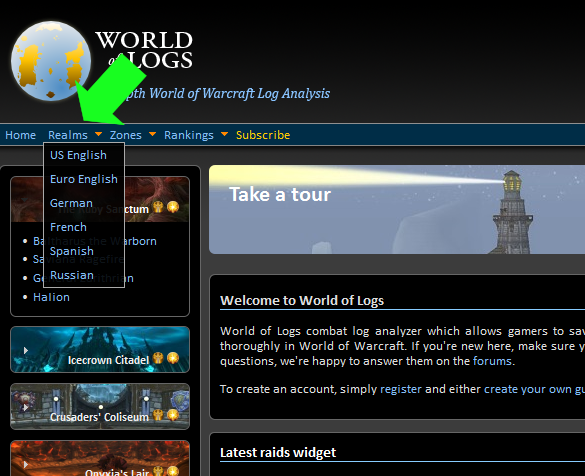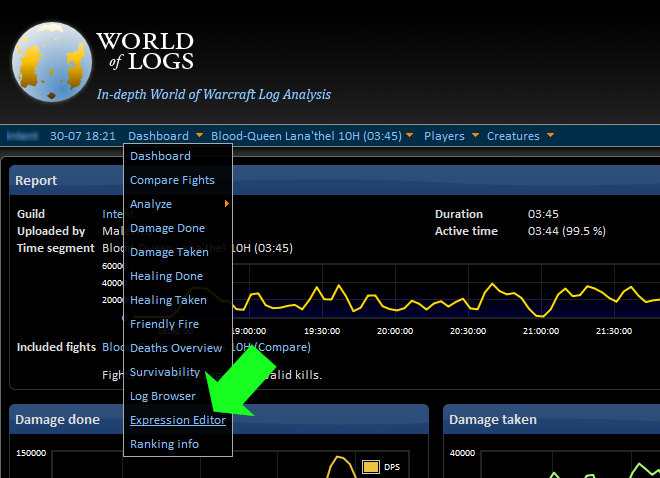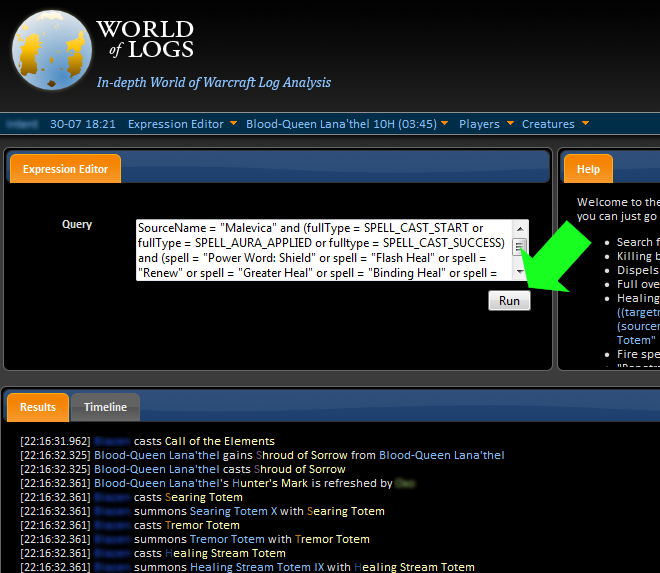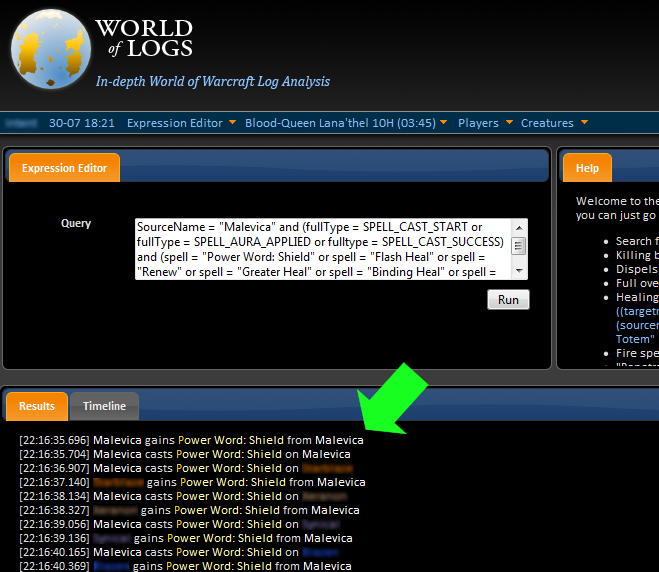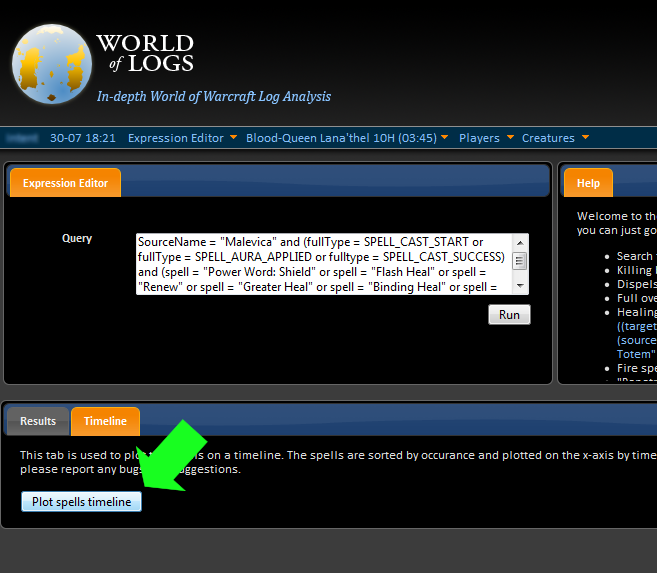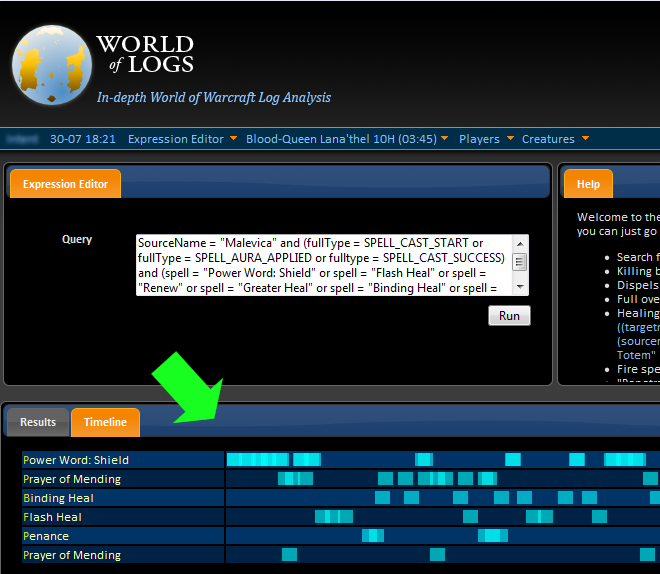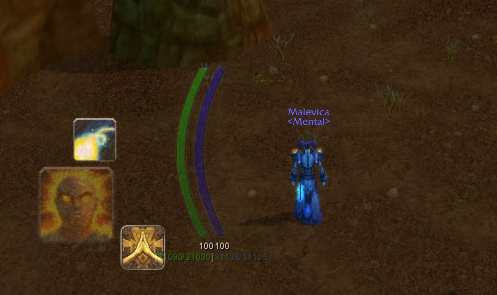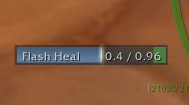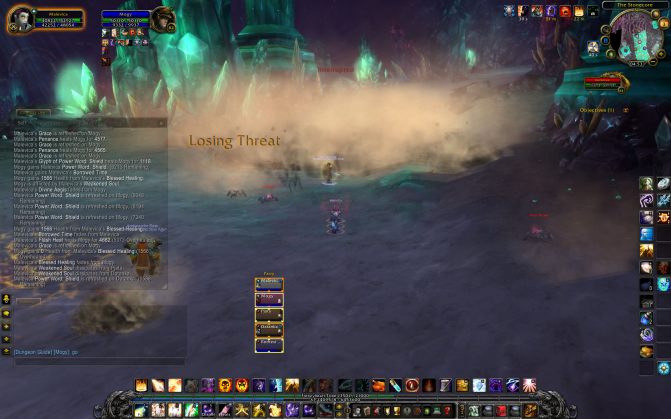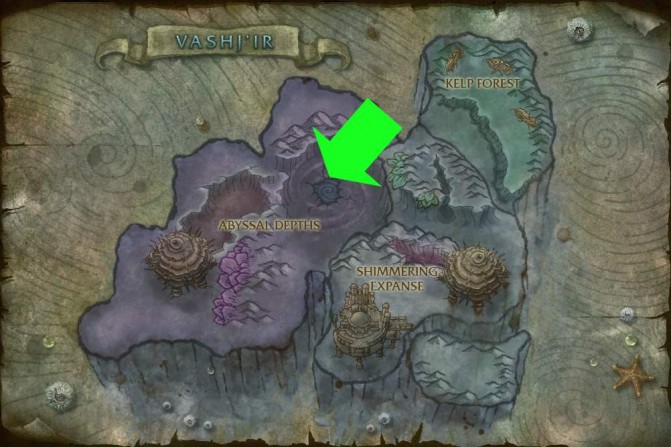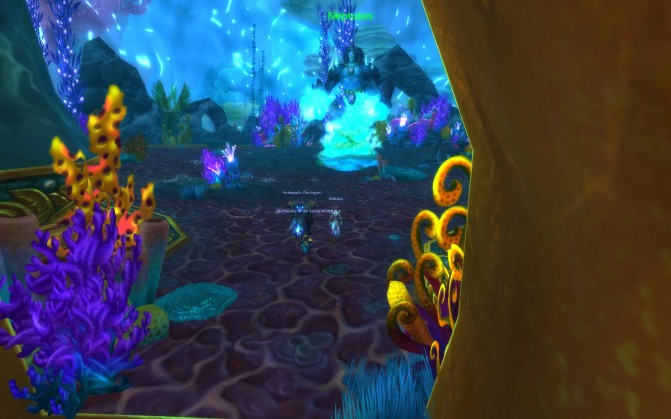
Way too much of my time for the last day or two has been spent flipping between a couple of notable blogs, working my way through not just the posts but the comments. And it’s been a sobering, and at times frustrating, experience.
There’s no way I’m intending to throw more fuel on the fire here by raising the particular issues yet again. I’ve been more interested in how the discussions have progressed in very general terms, and discussions in general.
Accessibility
These days, just about anyone with the inclination can open up a blog and start sharing their thoughts, observations and opinions with the world; I think that this is, on the whole, a Good Thing. Progress is made off the back of the open discussion of ideas between different people, and the blogging community is a good recent example of that.
The other side of the coin is that this increased accessibility brings with it people with an extremely broad range of life experiences, educational backgrounds and language skills, all eager to engage in discussions. However, all these participants have very different expectations and personal standards of argument, which can act as a major impediment to constructive discussion that both sides need to work to overcome.
Logic
[Disclaimer: I am not a philosopher, and I’d value correction if I’ve misrepresented anything here.]
For a couple of millennia now (at least), people have been studying the art of the argument: logic. Alternatively described as the “science of valid inference”, a key goal of logic is to take facts and evidence and draw valid conclusions from them; the rules of logic (theoretically) ensure that our conclusions are ‘correct’. However, humans naturally tend not to think logically, and thus may arrive at ‘erroneous’ conclusions. (Arguably this is compounded by the relative lack of critical thinking training in modern education systems which means that many people are not equipped to make or defend logically consistent arguments.)
Which can all get rather frustrating in a discussion when you can spot a pretty big logical hole in someone’s argument but can’t find a way to get them to recognise it. In this situation, I personally find myself somewhat at a loss because after all, I’ve explained why the logic is flawed, it’s blindingly obvious (to me), so surely the person should correct or withdraw their argument. And yet they don’t. Which is why I try and avoid debating online!
Common logical traps
I’m not going to go through them all, I’ll settle for a couple of links. I just want to hit a few of the more common ones I spotted recently.
I’ve tried to be as generic as possible, but a couple of topical examples have slipped in.
Ad Hominem
This one gets a crazy amount of mileage, especially on the internet. Simply put, an ad hominem argument tries to discredit the argument by attacking the arguer. If someone proposes an argument, the logical strength or otherwise of the argument is not affected by the qualities of the proposer, thus an ad hominem argument is not a valid rebuttal.
Poisoning the well is a subset of the ad hominem, where negative information about an arguer is presented before their arguments in an attempt to influence the reader. On a blog, for example, you should be careful how you introduce a link to a post you’re disagreeing with.
The Slippery Slope
The slippery slope argument asserts that a small first step will inevitably lead to a succession of subsequent steps, and is often used to oppose change. In the example of feminism, one might claim that if we insist on having equal gender representation, we’ll inevitably end up with appropriate representation based on race, disability, sexuality, religion and so on. Essentially the argument is not against the first step, but the entire chain of events.
Logically speaking, it is invalid to argue on the basis of the entire chain of events, unless the inevitability of the chain can be established. Now, in the example here, you can make a reasonable case for the chain, but it will be uncertain.
Straw Man
The straw man is another very common internet fallacy, which consists of subtly, or not so subtly, distorting your opponents’s position to a form which can be argued against, and then claiming victory. While you’d think this would be easy to spot, a well-constructed straw man can be very hard to pick out.
Sometimes a straw man argument might be made unintentionally through a misunderstanding of a position, in which case it can be very difficult if you are unable to convince the other person that their argument is invalid.
The best way to debate around a straw man tends to be to keep the discussion focused on, and clarifying, your actual position.
Ad Populum
Go to the official forums, pick a role board and just dip into a few posts. “Everyone knows…”, “All my friends think…”, “The majority of the player base…” and so on, are arguments ad populum (to the people); the argument being that because a large, often overwhelming, number of people believe something to be true, it must be true.
I’m sure you can think of any number of exceptions to this rule…
Cherry-picking and Anecdotal Evidence
These two are broadly related, so I’ve grouped them together.
Cherry-picking is the selective use of data which support a claim over data which do not. Anecdotal evidence tends to be used to provide a counter-example which is overgeneralised to make a point. Wikipedia’s example:
“My grandfather smoked like a chimney and died healthy in a car crash at the age of 99” does not disprove the proposition that “smoking markedly increases the probability of cancer and heart disease at a relatively early age”
Both of these practices are logically dubious and do not provide sufficient basis to support an argument in themselves.
Argument from Fallacy
This is a subtle one, but also one that you’ll see a lot. The argument from fallacy says that if you find a flaw in my reasoning, my conclusion must be false. I’m going to borrow another example from Wikipedia to explain this better:
Tom: “All cats are animals. Ginger is an animal. This means Ginger is a cat.”
Bill: “Ah you just committed the affirming the consequent logical fallacy. Sorry, you are wrong, which means that Ginger is not a cat”
Bill is ably demonstrating the argument from fallacy for us in his statement (Tom’s logic is flawed therefore his conclusion must be wrong). In fact, all we can conclude based on Bill’s statement is that Ginger is not definitely a cat.
Where this crops up a lot in internet debating is where someone will look at an entire article, find a piece of flawed reasoning and then use that to assert that the conclusion of the article is wrong. Of course, the conclusion may be unsupported if the logical argument for it is invalid (until the author corrects the error), but that doesn’t automatically make it false or mean that the opposite is true. This can be a very frustrating tactic to debate against.
Argument from Personal Incredulity
From time to time on the beta I might catch myself saying things like “I can’t believe Blizzard would want my heals hitting for so little, it must be a bug”. As an opinion it’s fine (“I think this might be a bug”), as a logical assertion it’s not. Another way this shows itself is in statements like “I can’t imagine anyone enjoying…”.
The point is, just because you can believe it or imagine it, that doesn’t make it impossible or untrue.
Loki’s Wager
This ia a new one on me, but amazingly common. It refers to the position that a concept must be clearly defined in order to be discussed. In the recent feminism discussion, for example, I spotted a comment or two along the lines of “feminists can’t even agree what feminism is!”. This sort of general argument tends to be employed as a silencing tactic or to derail a discussion.
Incidentally, read the Wikipedia definition for this one, it’ll make more sense.
Psychologist’s Fallacy
The psychologist’s fallacy occurs when we assume that we are objective, while in fact we all have biases and prejudices which influence our thoughts, beliefs and actions.
Again, this can be a very difficult one to argue against, because most of our biases are subconscious, making it rather difficult to convince someone that they have them. A good education in critical thinking tends to at least begin to break this one by showing you how much influence your subconscious has over you.
Argument from Tradition
The last one I’ll touch on is the idea that, to put it slightly over-simplistically, something is right because this is how it’s always been.
This is based on one or two flawed premises:
- The old way of thinking was proven correct when introduced – in reality this may be false, and needs to be backed up.
- The past justifications for the tradition are still valid at present – in cases where circumstances have changed, this assumption may be false.
The feminism case arguably hits the second of those premises. Society changes over time, expectations change, morality changes, opportunities and participation change. Thus a re-evaluation of the norms in the fantasy genre might well be justified.





